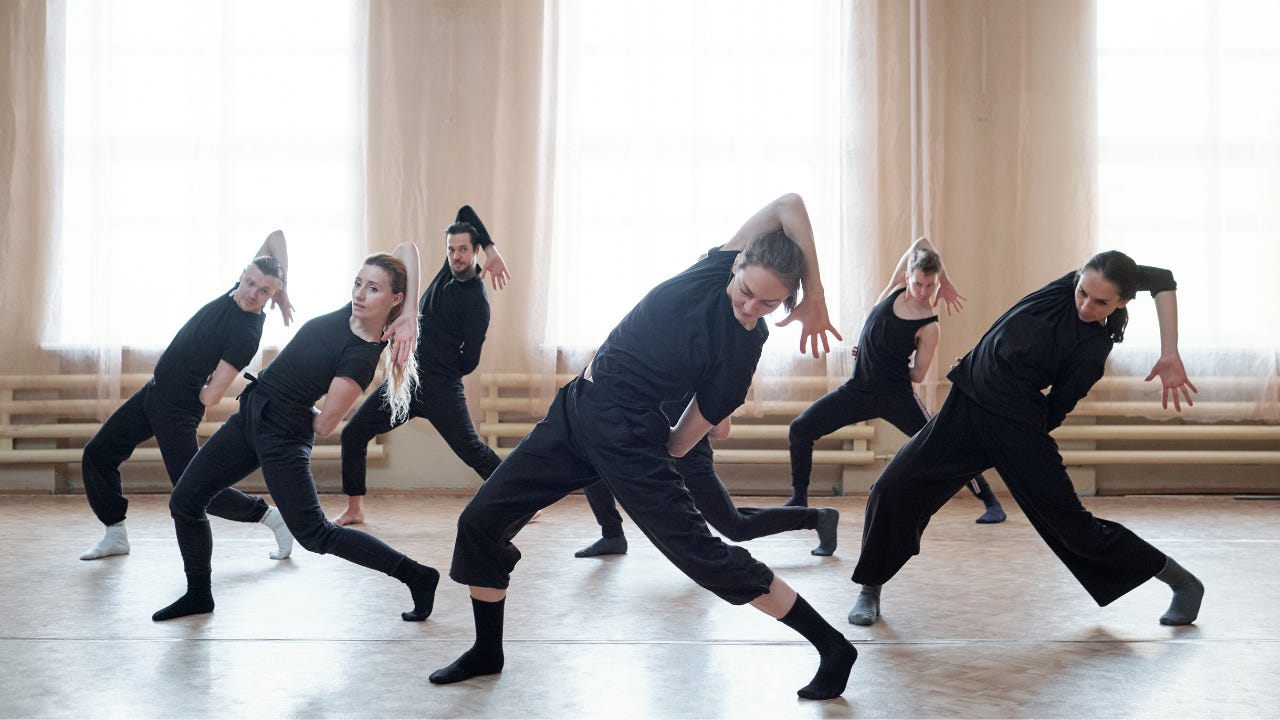Last week, I wrote about the link between nervous system dysregulation and how it shapes our experience of visibility. Specifically, how it can make being seen, heard, or even just present in the world feel unsafe.
Today - and over the next few weeks - we’re going to explore different techniques to support your system to feel safer.
Mindset shifts absolutely have a place in visibility work. I often share them over on Instagram, and they can be powerful tools for reframing fear or building courage. But truly sustainable, embodied visibility - visibility that feels authentic and steady - also lives in the body. It’s something we build capacity for, slowly and gently, over time.
So if visibility feels hard, confronting, or even unsafe, you might decide to begin not with your voice, but with your body as a whole.
You can have all the right strategies. You can mentally know what you want to say. But if your nervous system doesn’t feel safe, visibility will register as a threat. Your throat tightens. Your chest contracts. Your breath gets shallow. You freeze, fawn, or fumble your words.
This isn’t a sign that you shouldn’t speak, or that you’re no good at public speaking, as many people assume. It’s a sign that your system is perceiving a threat - one that may or may not be real.
This is why somatic (body-based) practices are so powerful. They meet you where you are physiologically and help you build a felt sense of safety, one small moment at a time. The long-term effect is that you begin to carry that sense of safety with you, into a meeting, onto a stage, as you go live.
Here are a few practices to begin:
1. Orienting
This is a gentle, often-overlooked practice that tells your nervous system: we’re not in danger. Slowly turn your head and look around the room you're in. Let your eyes land on something comforting: a soft blanket, a tree outside the window, a favourite object. Breathe as you do this. Let your body notice that nothing is chasing you. You’re safe, here, now.
Try this before a visibility moment, taking that ease and comfort into the conversation, the webinar, the conference.
2. Grounding
When your thoughts start spiralling, or your energy lifts into your chest or head, grounding brings you back to earth. A doctor told me recently that the term ‘grounding’ sounds ‘too woo woo’. I did my best not to roll my eyes and gently reminded her that it simply means placing your feet firmly on the floor, pressing your hands into your thighs or a table, leaning against a wall, or holding something heavy- a stone, a warm mug, a weighted object.

Grounding is about contact. It reminds your body that you have support. You’re being held.
3. Breathwork
If there’s one tool I wish every human being could master, it’s working with the breath. It’s an incredibly powerful resource, and one we all have at our disposal.
Breathwork is the Western term for an ancient yogic practice known as pranayama - the conscious control and regulation of breath. In yogic tradition, pranayama is used to move energy around the body, stabilise emotions, enhance our life force (prana), and promote overall wellbeing.
Your breath is also a built-in regulation tool. When you're activated, your exhale tends to shorten. Lengthening the breath helps your system return to stasis. Try gently shifting toward a longer exhale: inhale for a count of four, exhale for six. Or simply pause for a moment at the top of the inhale, and let your out-breath be soft and slow.
This kind of breath tells your body: we're okay. It helps down-regulate the nervous system so you can speak from a place of centre, not survival.

4. Movement
When activation builds up, movement helps release it. Think gentle, rhythmic motion: swaying side to side, rolling your shoulders, stretching your arms, shaking out your hands. It doesn’t need to look like anything. It doesn’t need to be performative. Just give your body permission to move what it’s been holding.
Some people like to take a walk. Others stretch or shake before going live or having a hard conversation. Movement is the body’s way of returning to flow.
For me, it’s always been dance.
I grew up dancing, spending hours each week learning jazz, tap, ballet, and lyrical dance. I didn’t know it at the time, but it was critical to my wellbeing. It was what kept a very activated nervous system from flying completely off the rails.
I often say dance saved my life. This is what I mean: it helped me regulate, which helped me function more effectively in a body that was deeply traumatised and had very few tools for healing that trauma.
These aren’t one-time fixes. They’re invitations - back into your body, back into presence, back into a sense of safety that allows your voice to rise naturally.
Somatic safety is the soil in which visibility grows.
Start there. Start with the body.
You don’t need to ‘push through’ visibility. You can build the capacity to be seen by learning to stay with yourself.
Q: Which of these practices feels most available to you today?
Q: What helps your body remember it’s safe?
I’d love to hear about your experiences. Hit reply or share a note in the comments. I always love hearing from you.
And if this was helpful, feel free to forward it to someone else navigating visibility. Or tap the ♡ to let me know it resonated.
Samantha x






So true - learning to STAY in my body when I am feeling dysregulated, through practices of breathing and grounding, has been paramount in my journey of visibility. Dancing is the best way for me to release stagnation and pent up energy which can build in my body if there is a lot going on around me and I am feeling overwhelmed, it helps to make me feel clear and free.